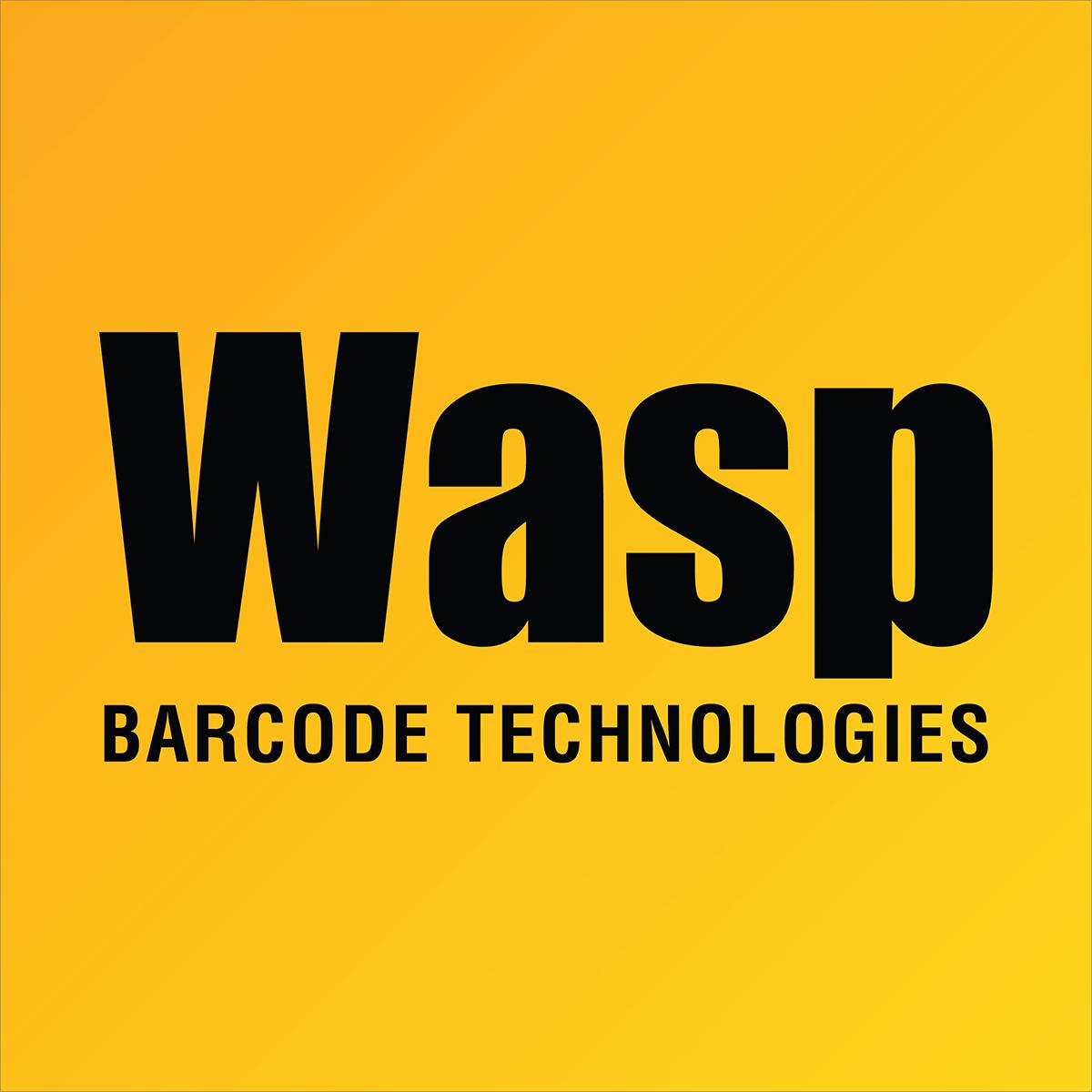Symptom:
The user still sees old Fontware 5.1.0 toolbars in Word, Excel, Access even after uninstalling Fontware.
Resolution:
Note: the DOS command for finding a file from a root directory recursively searching in all subdirectories is:
Assuming the root directory is C: and therefore the DOS prompt is C:\>
C:\> dir /S filename.ext
Search in current folder and all subfolders for filename.ext
Note: To delete a file type “del filename.ext” in the current directory or
“del <path_to_file>\filename.ext”
Note: you can always use Explorer’s functionality for the same results.
The following steps will remove Fontware 5.1.0 from Word.
1. C:\> cd\
2. C:\> dir /S wbcawd.dot
A typical location: C:\Documents and Settings\Administrator\Application Data\Microsoft\Word\STARTUP
3. Delete all occurrences found at step#2. Also delete any additional Wasp related files. (i.e. all files in the same folder with
wbcawd.dot
4. C:\>dir /S Normal.dot
5. Delete all occurrences of Normal.dot. MSWord will later replace it with the original Normal.dot that came with Word.
6. Start Word. Delete all existing Wasp Fontware toolbars. To do that right click on Word toolbars->Customize, look at the Toolbars tab. If there is a toolbar named “Wasp BarcodeMaker ActiveX” toolbar do not delete it. Close Word
7. Start Word again. Check for any toolbars that were not deleted at Step#6 and repeat Step#6. If no Fontware toolbars show, then all clean.Stop.
The following steps will remove Fontware 5.1.0 from Excel.
1. C:\>cd\
2. C:\>dir /S wbcaxl.xla
A typical location: C:\Program Files\Microsoft Office\OFFICE11\Library\Wasp
3. Delete the Wasp folder including the file wbcaxl.xla. Do the same for any other occurrences of wbcaxl.xla file anywhere else on the hard drive.
4. Start MSExcel. Delete all existing Fontware toolbars. To do that right click on Word toolbars->Customize, look at the Toolbars tab. If there is a toolbar named “Wasp BarcodeMaker ActiveX” toolbar do not delete it. Also if there is a toolbar named “Wasp BarcodeMaker Fonts” do not delete it. Close MSExcel.
5. Start Excel. Proceed to #4 is there are any Fontware toolbars to be removed. If not the cleanup is complete. Stop.
The following steps will remove Fontware 5.1.0 from Access.
1. C:\>cd\
2. C:\>dir /S wbcac.ocx
3. Find all occurrences of wbcac.ocx. Change directory to the folder where the OCX is found and type “regsvr32 /u wbcac.ocx” to unregister the OCX.
Remove all occurrences of wbcac.ocx from the hard drive after successfully unregistering the wbcac.ocx
4. C:\>dir /S wbcaac2k.md*
5. Delete all occurrences of this file. Also make sure you delete all occurrences of these files as well: wbcaac97.mda and wbcaac97.mde,
wbcaacxp.mda and wbcaacxp.mde, also wbcaac97.mda and wbcaac97.mde.
6. Start MSAccess, open your database (*.MDB) and remove any references to wbcac.ocx.
The user still sees old Fontware 5.1.0 toolbars in Word, Excel, Access even after uninstalling Fontware.
Resolution:
Note: the DOS command for finding a file from a root directory recursively searching in all subdirectories is:
Assuming the root directory is C: and therefore the DOS prompt is C:\>
C:\> dir /S filename.ext
Search in current folder and all subfolders for filename.ext
Note: To delete a file type “del filename.ext” in the current directory or
“del <path_to_file>\filename.ext”
Note: you can always use Explorer’s functionality for the same results.
The following steps will remove Fontware 5.1.0 from Word.
1. C:\> cd\
2. C:\> dir /S wbcawd.dot
A typical location: C:\Documents and Settings\Administrator\Application Data\Microsoft\Word\STARTUP
3. Delete all occurrences found at step#2. Also delete any additional Wasp related files. (i.e. all files in the same folder with
wbcawd.dot
4. C:\>dir /S Normal.dot
5. Delete all occurrences of Normal.dot. MSWord will later replace it with the original Normal.dot that came with Word.
6. Start Word. Delete all existing Wasp Fontware toolbars. To do that right click on Word toolbars->Customize, look at the Toolbars tab. If there is a toolbar named “Wasp BarcodeMaker ActiveX” toolbar do not delete it. Close Word
7. Start Word again. Check for any toolbars that were not deleted at Step#6 and repeat Step#6. If no Fontware toolbars show, then all clean.Stop.
The following steps will remove Fontware 5.1.0 from Excel.
1. C:\>cd\
2. C:\>dir /S wbcaxl.xla
A typical location: C:\Program Files\Microsoft Office\OFFICE11\Library\Wasp
3. Delete the Wasp folder including the file wbcaxl.xla. Do the same for any other occurrences of wbcaxl.xla file anywhere else on the hard drive.
4. Start MSExcel. Delete all existing Fontware toolbars. To do that right click on Word toolbars->Customize, look at the Toolbars tab. If there is a toolbar named “Wasp BarcodeMaker ActiveX” toolbar do not delete it. Also if there is a toolbar named “Wasp BarcodeMaker Fonts” do not delete it. Close MSExcel.
5. Start Excel. Proceed to #4 is there are any Fontware toolbars to be removed. If not the cleanup is complete. Stop.
The following steps will remove Fontware 5.1.0 from Access.
1. C:\>cd\
2. C:\>dir /S wbcac.ocx
3. Find all occurrences of wbcac.ocx. Change directory to the folder where the OCX is found and type “regsvr32 /u wbcac.ocx” to unregister the OCX.
Remove all occurrences of wbcac.ocx from the hard drive after successfully unregistering the wbcac.ocx
4. C:\>dir /S wbcaac2k.md*
5. Delete all occurrences of this file. Also make sure you delete all occurrences of these files as well: wbcaac97.mda and wbcaac97.mde,
wbcaacxp.mda and wbcaacxp.mde, also wbcaac97.mda and wbcaac97.mde.
6. Start MSAccess, open your database (*.MDB) and remove any references to wbcac.ocx.



